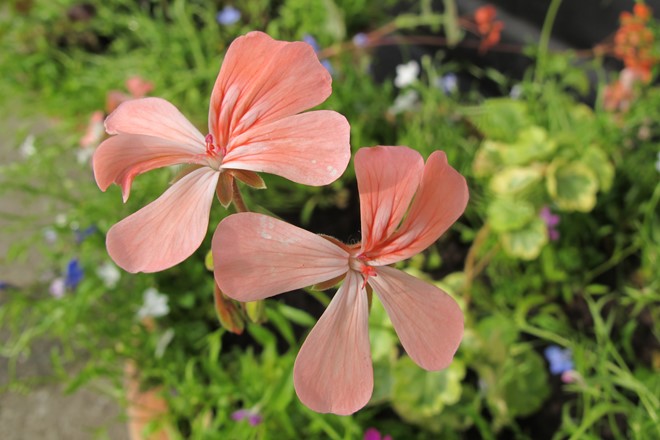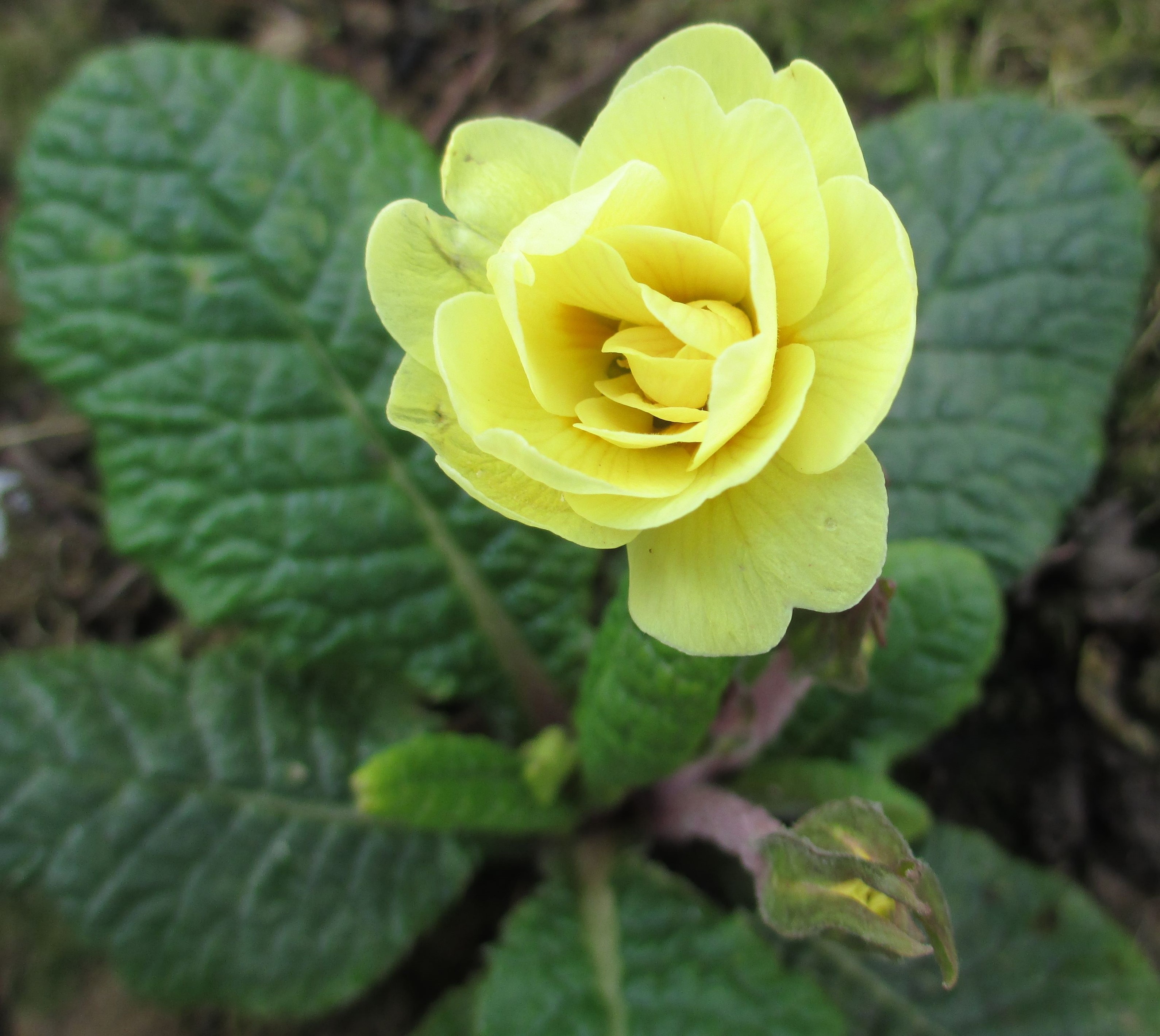What are threatened cultivars and how are they tracked and conserved?
Fluctuating fashions, changes in the nursery trade, loss of specialist knowledge, environmental changes and new pests and diseases can all mean a threat to cultivated plants. As part of our work combating these threats, Plant Heritage started the Threatened Plants Programme in 2009. Through the programme we track the locations and availability of garden cultivars and work out how rare or threatened they are.
How does it work?
We combine data from the RHS Plant Finder (which shows availability of plants through hundreds of UK nurseries, 1987-present) with records from more than 2000 locations, including our National Collections, Plant Exchange and Plant Guardian schemes and cultivar lists from botanic and historic gardens in the UK and Ireland.
If a cultivar has been grown or sold in the UK or Ireland more than ten years ago, but is now no longer consistently for sale through nurseries, it is considered Threatened in cultivation. Threatened plants may be Critical in cultivation (not found alive), Endangered in cultivation (grown in only one or two locations), or Vulnerable in cultivation (three or more sites).
We consult with experts in the plant group, often a National Collection holder, who can provide more information to highlight which plants are most in need of conservation action. Actions include propagation and sharing by Collection Holders and Plant Guardians, and through the Plant Exchange and local Groups’ rare plant sales.

Pelargonium 'Sussex Delight', Threatened:Critical, Listed between 1996-2012
“The wealth of information... is worth its weight in gold. I can put a value on some cultivars because I know how rare they are." Dan Luscombe, Curator
Information from the Threatened Plants Programme helps collection holders prioritise their sourcing and propagation. It is also a unique resource for people searching for particular cultivars, such as new Collection Holders. We can often pinpoint who last had a particular cultivar, or contact a garden still growing it to see if they can supply propagating material.
Research is carried out by Plant Heritage staff and volunteers. We provide reports for Collection Holders, Groups and botanic gardens, supply information for the Plant Exchange and Plant Guardians, and help find plants that Collection Holders are looking for (see the desiderata page).
Endangered cultivars
Read more about some of the work that the Threatened Plants Programme has been doing.
What are the threats to our garden plants?
Changing fashions
Changes in styles of planting and taste can cause groups of plants to go out of fashion. We don't want to lose the range of cultivars available for when they inevitably come back into fashion.
Changes to the plant sales trade
The requirement for plants to be of a specific size and in flower at the point of sale by garden centres and supermarkets can lead to a diminution of the range of plants grown in our gardens. We are also losing specialist plant nurseries who carry a much wider range of plants.
Climate change
Climate change over time will have a continuing effect on the range of cultivated plants available to the UK.
Pests and pathogens
Due to the nature of modern trade and travel there is an increasing risk of new pests and diseases being introduced to the UK. Recent examples of these include box blight, ash dieback, and agapanthus gall midge.
Loss of propagation or cultivation skills
A lack of horticultural skills, particularly in propagation, is causing a loss in the availability of specialist cultivated plants.


